Welcome in Třeboň
The town of Třeboň is located in the middle of a protected landscape area in South Bohemia and is well known for its hundreds of fishponds surrounding the town which are several hundred hectars in size.
The history of this renaissance pearl goes back to the 12th century, when first settlement was established on an important medieval trade road.
The noble family of Rosenbergs became landlords in 1366. A year later, an Augustinian monastery was founded in Třeboň. In 1379 the brewery is mentioned for the first time and it is one of the oldest breweries in the world. At the end of the 15th century Třeboň became one the main centers of Czech fishpond construction. Štěpánek Netolický (1460 - 1538) and later Jakub Krčín (1535 - 1604) created unique water courses and fishpond system with more than 500 fishponds. The largest Czech fishpond, Rožmberk, with present area of 500 hectars (finished in 1590) is few kilometres from Třeboň. Another famous fishpond called Svět (World) can be admired in the close vicinity of Třeboň town (in fact 5 minutes walk from the main square). Here you can have the whole world at your feet! The Třeboň fishpond system is the largest producer of freshwater fish (mainly carp) in Europe.
The town is surrounded from 3 sides by either water or wetlands and the whole area of Třeboň was added to the list of UNESCO bisphere reserve in 1977. It is also listed among RAMSAR´s Wetlands with international importance. The whole area of Třeboň region (700 km2) was declared a Protected landscape area in 1979.
Třeboň is a famous spa town and the use of local peat for healing bones, muscles and joint illnesses dates back to 1883. Today, two modern spa complexes can be found in Třeboň.
Algology reached Třeboň in 1960, when the Laboratory of algal research was established, focused on basic research as well as on biotechnology (mass cultivation). The Laboratory later split under two institutions.
The Institute of Botany of the Czechoslovak Academy of Sciences, which continued with algal taxonomy, morphology, physiology and ecology and created the world known Culture Collection of Autotrophic Organisms (CCALA).
Algal biotechnology, physiology (study of photosynthesis) and genetics became part of the Institute of Microbiology of the Czechoslovak Academy of Sciences. All laboratories was transformed and newly equipped in 2014 and now all four research laboratories are known as Centre ALGATECH.
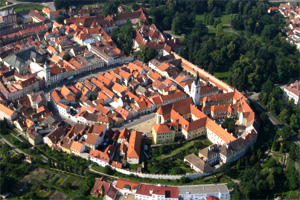 |
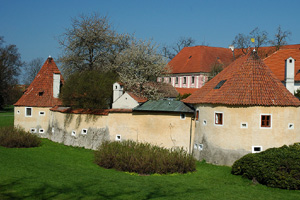 |
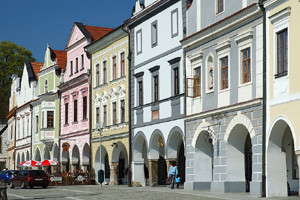 |
||
| Aerial view of Třeboň town. | Třeboň´s town fortification | The main square of Třeboň. |
Experiment sites
The Meeting experiments will take part at various locations.
WG1 - Researchers will spend their time at the drinking water reservoir Římov.
WG2 - Researchers will split their time between fishponds near Třeboň and laboratory in the Třeboň town center.
WG3 and WG4 - Researchers will spend their time at the laboratories and cultivation sites of the Institute of Microbiology, Centre ALGATECH near Třeboň.
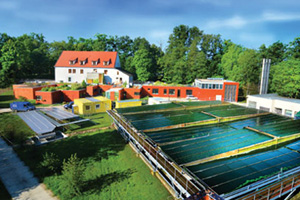 |
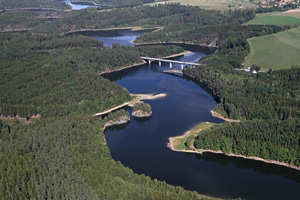 |
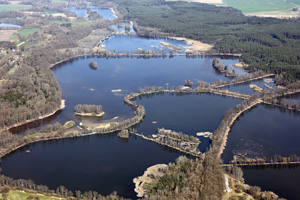 |
||
| Centre ALGATECH | Římov drinking water reservoir | Naděje fishponds system |
Weather
You can expect typical continental summer weather, with temperatures between 25 - 30 degrees C, with extremities to both sides.Some storms can be expected, but weather in August is usually stable. As algologists you may enjoy swimming in the highly productive fishpond Svět. You may expect lots of mosquitoes, so some repelents are advisable.
| Find actual weather in Třeboň and forecasts on |  |
Navigation around
If you wish to use the map application, please visit this page with further information.
Photos on this page: Kralpilot (Wikimedia.org), Richard Lhotský (c), Ivan Emr (c), Petr Znachor (HbÚ AV ČR) (c), Jan Ševčík (CHKO Třeboňsko)(c).